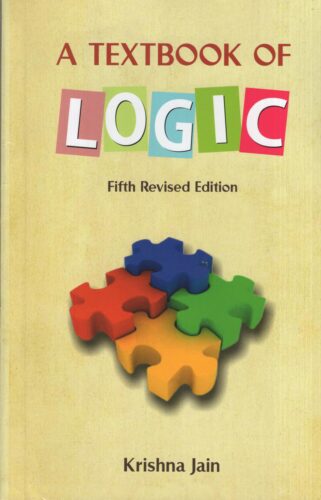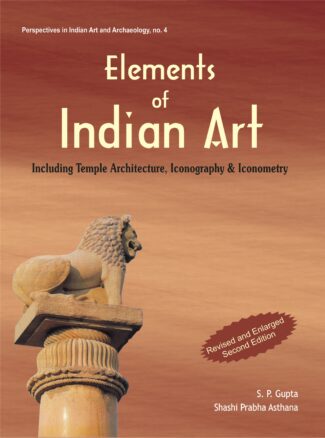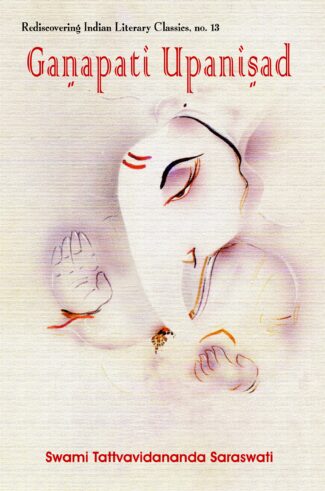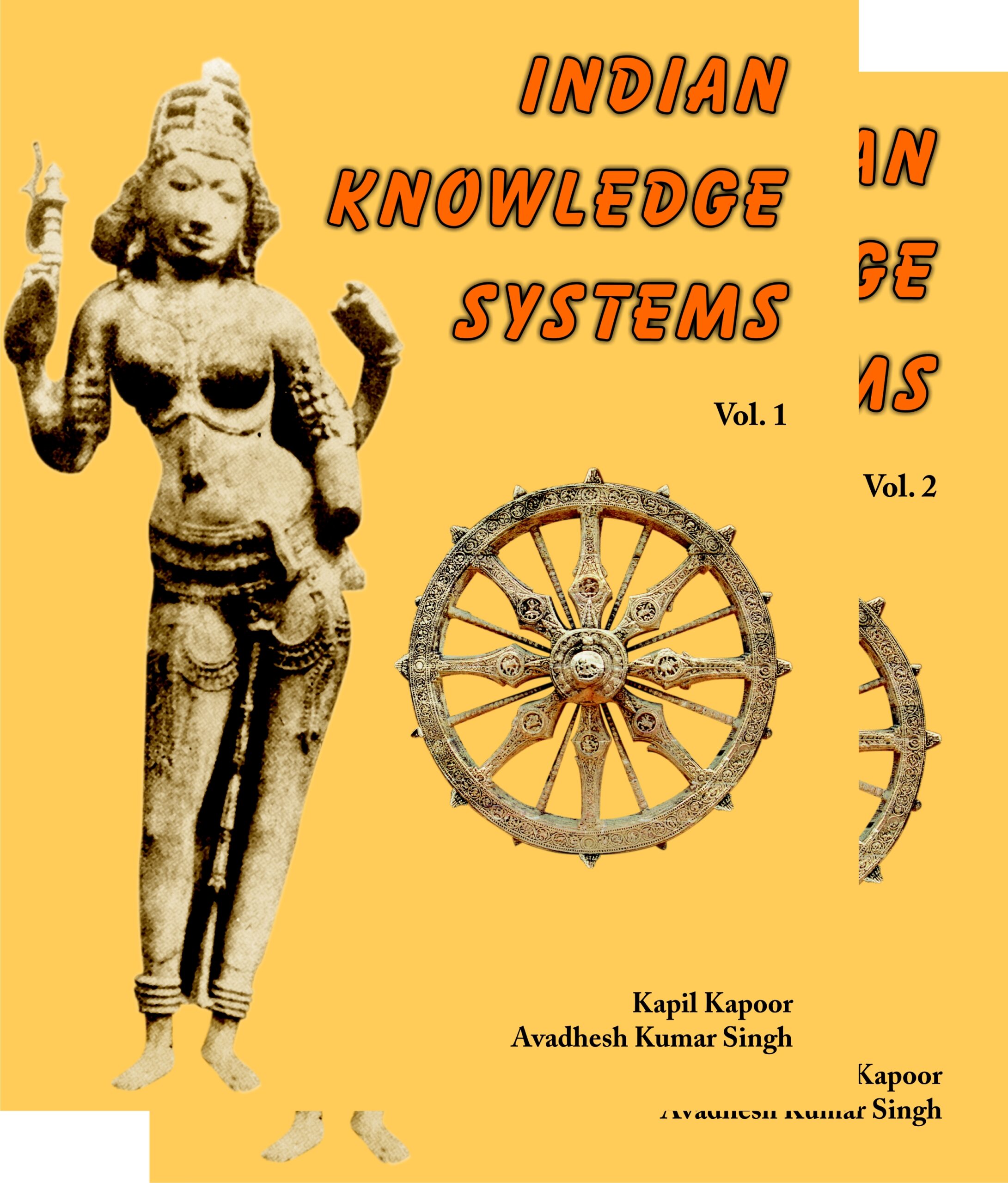

Ear...
Ear
The Switchboard of Your Body by: Rama VenkataramanThis attempts to examine how the corresponding ear-points can help in improving the body’s working. It also provides detailed explanations with tables and diagrams of various disorders that can be cured by using the acupuncture methods.
Original price was: ₹240.00.₹216.00Current price is: ₹216.00.
ISBN: 9788182650213
Year Of Publication: 2012
Edition: 1st
Pages : 107 p.
Bibliographic Details : Maps, b/w photographs, Appendices; Glossary; Bibliography; Indices
Language : English
Binding : Paperback
Publisher: Srikunj Sadbhawana Manch
Size: 23cm
Weight: 200
Among the many reflexology parts a human body has, ear is most unique and significant.
Ear is rich in nerve endings and placed at outer rim of the skull, vibrating with energy. In the ear body’s representation corresponds to a child in mother’s womb, curled in an upside down manner. Because of this the ear cure mechanism is also effective in curing problems originated in the womb.
Ear acts like the body’s radar reflecting its working precisely. When these reflex points are activated the sensitive ear nerves carry the return cure reflexes as electromagnetic waves to the organs and body parts, the body responds quickly and diseases are cured.
This is a wonderful effective nature cure through its remote control operation.
This book will serve as a guide to variety of readers especially those interested in traditional medicine and healing systems.
Nature’s gift to mankind.
1. Ear : The Reflector of your body
Important Nerve and Blood Supply to Ear
Important Reflex Points of the Ear
Representation of the Body in the Ear
Structure of the Ear
2. Representation of body parts
Earlobe
Anti-Helix and Anti-tragus
Scapha
Helix
The Triangular Deltoid Fossa
Tragus
Cavum Conchae (Supra-tragic Notch, Inter-tragic Notch)
Mouth, Oesophagus, Cardiac Orifice and Part of Stomach
Cymba Conchae
The Back of the Ear
3. Important Therapeutic Points
The Primary Master Points
Secondary Master Points
Endocrine Glands
4. The Chinese Functional Meridian Points
Heart
Lungs
Liver
Spleen
Kidney
Small Intestine
Large Intestine
Stomach
Gall Bladder
Urinary Bladder
5. Five-element concept
Five Elements
Creative Cycle
Controlling Cycle
Anti-Creative Cycle
Anti-Controlling Cycle
6. Therapeutics
Examination of the Ear
Use of Different Probes
Modalities of Treatment
Evaluating the Treatment Points
Precautions
Physiognomy of the Ear
7. Treatments
Treatment for Disorders
Respiratory — Circulatory — Digestive — Gynaecological — Psychological — Kidney and Urinary — Liver — Back Pain and Arthritis — Neurological Pain — Eyesight — Hearing — Glandular and Sexual — Skin and Allergies — Migraine and Headache
8. Case Histories
9. Organ Map in the Ear











